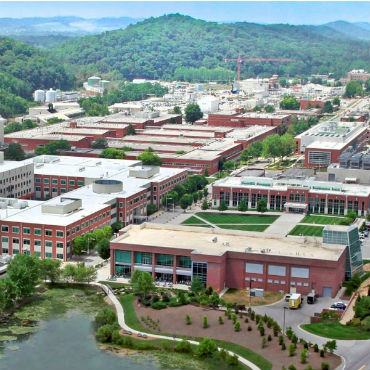FAA bans drone flights over nuclear research facilities

The FAA will ban drone flights over seven nuclear energy and research facilities operated by the Department of Energy at the end of the year.

Oak Ridge National Laboratory in Tennessee is one of seven sites declared off limits to private drone flights under a new FAA order.
Bumping up the list of U.S. critical infrastructure facilities, the Federal Aviation Administration said it will bar unmanned aircraft from flying close to the borders of Department of Energy national labs involved with nuclear research.
The FAA announced on Dec. 18 that privately operated drones could not come within 400 feet of the boundaries around the DOE's Hanford Site in Washington state, Pantex Site in Texas, Los Alamos National Labs in New Mexico, Idaho National Labs, the Savannah River National Lab in South Carolina, and the Y-12 National Security Site in Oak Ridge, Tenn.
The ban, which takes effect Dec. 29, extends the agency's list of no-fly zones around airports, critical infrastructure, national parks and defense-related sites across the nation.
In April, the agency rolled out its first restricted flight rules aimed at unmanned aerial systems, marking off areas around airports, military bases, critical infrastructure, intelligence facilities, as well as national landmark properties overseen by the Department of the Interior.
The latest move comes as consumers snap up the small, relatively inexpensive vehicles. A study by Pew Research released Oct. 19 said that as of mid-2017, about 25 million people said they owned a drone.
The more than 820,000 operators who registered their unmanned aircraft with the FAA as of May represent only a portion of drones in actual use, since the registration requirements address drones that weigh over half a pound.
The FAA said its new restrictions are the first to involve DOE facilities, and were made at the request of national security and law enforcement agencies.
The agency said it is considering more requests from other federal security agencies for restrictions to address national security and defense concerns.
The new restricted zones are listed as "pending" on the agency's interactive open data map that visualizes the boundaries across the U.S. The agency will also add the data to its B4UFLY mobile app for drone owners.
However, the FAA didn't completely ban all drone aircraft flights within the national labs' boundaries. It said that "only a few exceptions" could be made, and that those would have to be coordinated with the individual lab and/or the FAA.





